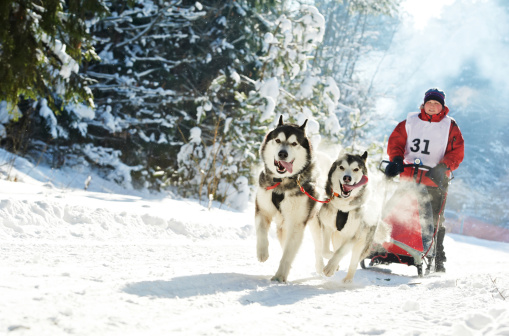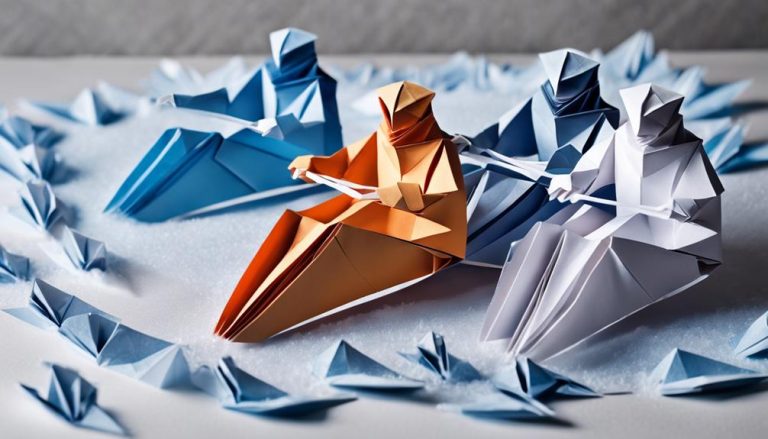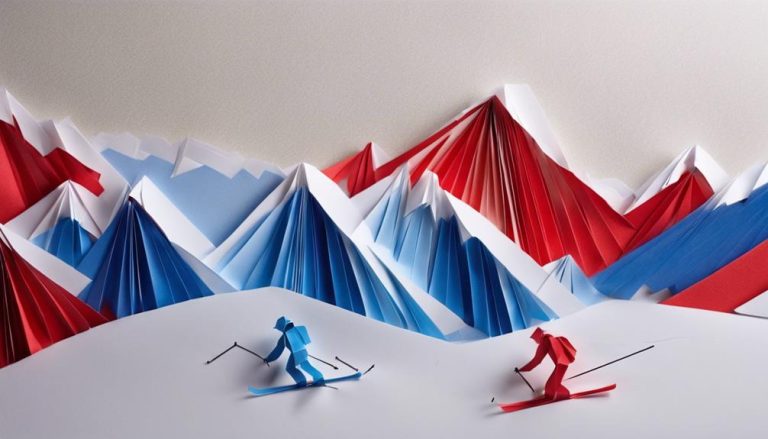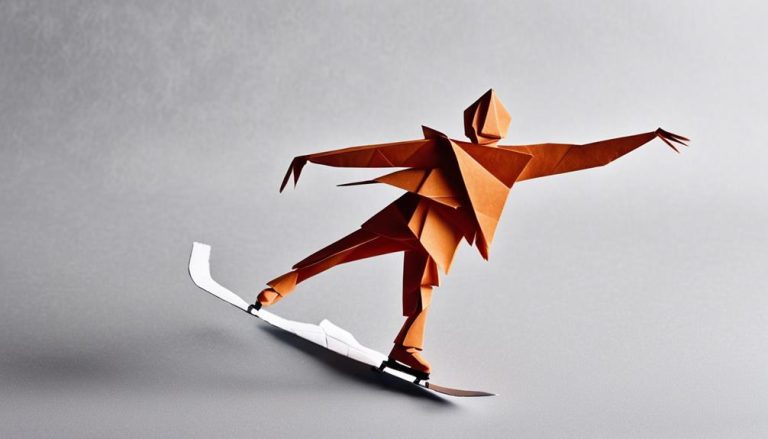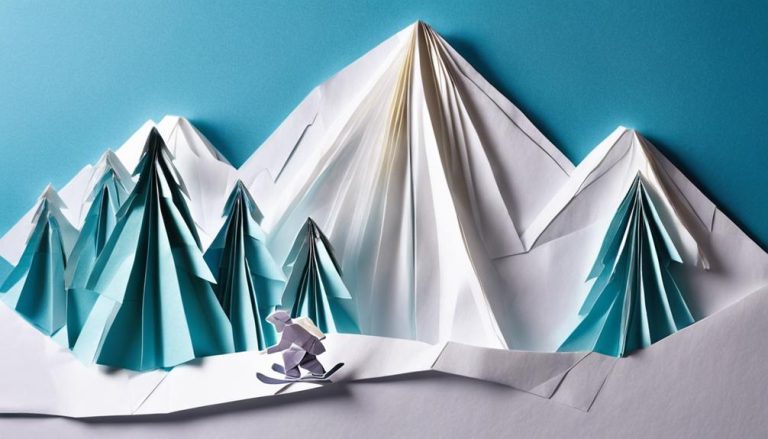General Rules of Freestyle Skiing Aerials
Freestyle skiing aerials is a winter sport in which skiers perform acrobatic maneuvers in the air after skiing off a takeoff ramp. The sport has its roots in the United States, where it originated in the 1960s as a freestyle skiing event. It gained widespread popularity in the 1980s and 1990s, and became an Olympic sport in 1992.
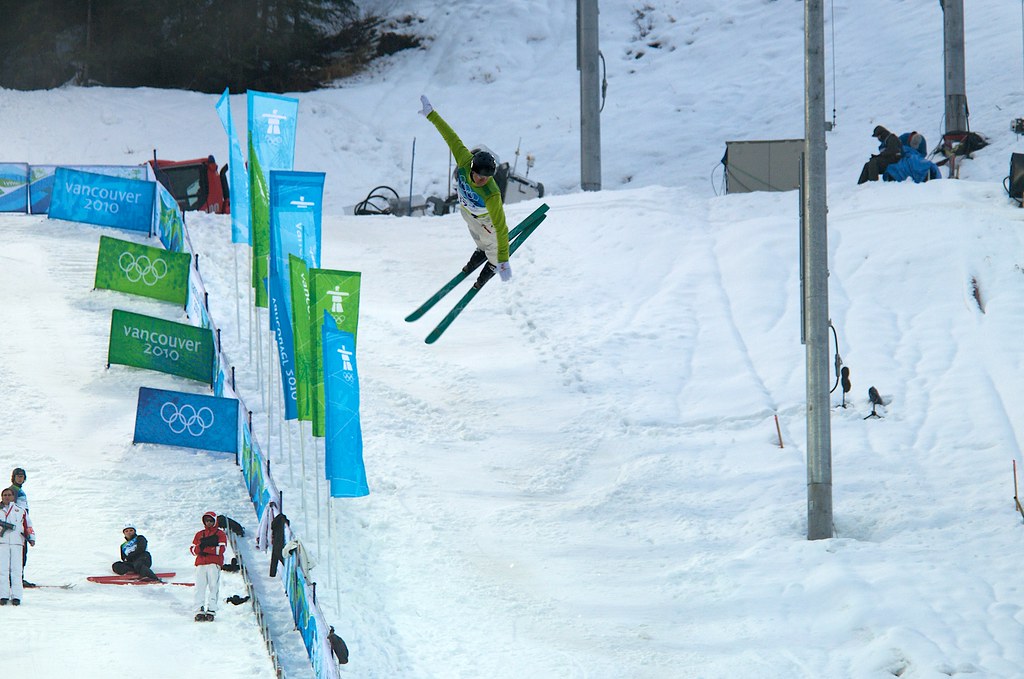
In freestyle skiing aerials, skiers perform a series of flips and twists while in the air, and are judged on the difficulty and execution of their tricks. The sport has evolved over the years, with skiers continually pushing the boundaries of what is possible and introducing new and more complex tricks.
Freestyle skiing aerials is a popular spectator sport, and is often featured at winter sports events such as the Winter Olympics and the Winter X Games. It is also a popular recreational activity, with ski resorts and freestyle ski clubs offering lessons and training programs for skiers of all skill levels.
Scoring in Freestyle Skiing Aerials
In freestyle skiing aerials, skiers are judged on the difficulty and execution of their tricks. Skiers are required to perform a set of specific tricks, known as a “compulsory” or “mandatory” trick, in addition to their own choice of optional tricks. The judges award points based on the difficulty and execution of the tricks, with a maximum of 20 points available for each trick.
The judges also consider the overall impression of the skier’s performance, including the height, distance, and control demonstrated during the routine. The judges may also deduct points for mistakes or errors in the execution of the tricks.
The skier with the highest score after all of the tricks have been completed is declared the winner. In the event of a tie, the judges may consider the quality of the skier’s compulsory trick in order to determine the winner.
Common Terminologies in Freestyle Skiing Aerials
- In freestyle skiing aerials, some common terms you may come across include:
- Aerial: This refers to a maneuver performed in the air by a skier. Aerials can be performed on a trampoline or in a ski jump, and involve the skier performing various tricks and flips while in the air.
- Flip: A flip is a rotation around the vertical axis (front to back). Flips can be performed in various directions and can be combined with other tricks, such as twists.
- Twist: A twist is a rotation around the horizontal axis (side to side). Twists can be performed in various directions and can be combined with other tricks, such as flips.
- Grab: A grab is when a skier grabs onto the ski with one or both hands while in the air.
- Mute grab: A mute grab is when a skier grabs the inside edge of the ski near the toe with the front hand.
- Stalefish grab: A stalefish grab is when a skier grabs the outside edge of the ski near the back binding with the back hand.
- Japan air: A Japan air is when a skier grabs the inside edge of the ski near the back binding with the back hand, while simultaneously grabbing the outside edge of the ski near the front binding with the front hand.
- Double back flip: A double back flip is a flip that involves two complete rotations. This is a very advanced trick and requires a high level of skill to execute successfully.
- Double cork: A double cork is a trick that involves two flips and two twists, usually performed in combination with a grab. Double corks are also very advanced tricks and require a high level of skill to execute successfully.
Penalties in Freestyle Skiing Aerials
In freestyle skiing aerials, judges will assign penalties for various infractions. Some common penalties include:
- Landings: A skier may receive a landing penalty if they do not land their trick cleanly, or if they do not fully extend their legs upon landing.
- Form: A skier may receive a form penalty if they do not maintain good form while executing their trick. This can include things like bending their legs too much, not fully extending their arms, or not fully rotating during a flip or twist.
- Height: A skier may receive a height penalty if they do not achieve sufficient height during their trick.
- Style: A skier may receive a style penalty if they do not exhibit good style while executing their trick. This can include things like not maintaining a smooth, flowing motion, or not showing good control during the trick.
- Grab: A skier may receive a grab penalty if they do not execute a grab correctly, or if they do not maintain a good grip on the ski while performing a grab.
- Safety: A skier may receive a safety penalty if they perform a trick that is considered too dangerous, or if they fall in a way that could potentially harm themselves or others.
Penalties are typically assessed as deductions from the skier’s overall score. The judges will use a set of predetermined criteria to evaluate the skier’s performance and assign penalties as necessary. I hope this helps! Do you have any other questions about freestyle skiing aerials?
10 General Rules of Freestyle Skiing Aerials
Here are ten general rules that are typically followed in freestyle skiing aerials competitions:
- Skiers must wear a helmet and other protective gear during their run.
- Skiers must land their tricks on both skis.
- Skiers must maintain control of their skis at all times.
- Skiers must execute their tricks with good form and style.
- Skiers must achieve sufficient height and distance during their tricks.
- Skiers must follow the rules of the specific competition they are participating in.
- Skiers must not perform tricks that are considered too dangerous.
- Skiers must not interfere with other skiers on the course.
- Skiers must not use illegal or banned substances.
- Skiers must respect the judges’ decisions and the rules of the competition.
Freestyle skiing aerials is a thrilling and challenging sport that requires a high level of skill and athleticism. Skiers perform a variety of tricks and flips in the air, using their skis and their bodies to execute complex maneuvers. Judges evaluate the skiers’ performances based on criteria such as landing, form, height, style, and grab, and may assign penalties for infractions. There are also a set of general rules that skiers must follow in order to participate in freestyle skiing aerials competitions. Whether you are a seasoned pro or a beginner, freestyle skiing aerials offers exciting opportunities for anyone interested in this dynamic and exhilarating sport.

